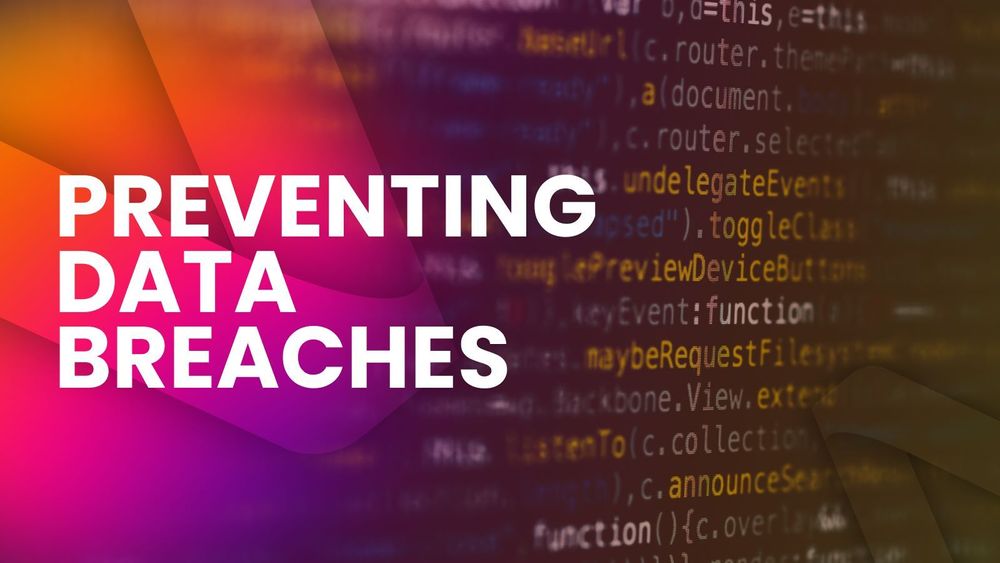In today’s digital age, even a single vulnerability can lead to catastrophic data loss. 1 Case Study: How an Ethical Hacker Prevented a Major Data Breach (Fictional Example) illustrates how a certified security professional identified and neutralized a critical weakness before attackers could strike. This step-by-step overview showcases proven methodologies, highlights measurable outcomes, and builds trust by demonstrating real-world impact. By examining each phase—from scoping and reconnaissance to reporting and remediation—you’ll learn how ethical hacking safeguards sensitive assets.
1 Case Study: How an Ethical Hacker Prevented a Major Data Breach (Fictional Example)
Background and Challenge
A mid-sized e-commerce company faced rapid growth. Their web applications processed thousands of customer transactions daily. However, an internal security audit revealed gaps in their network infrastructure. Leadership feared a data breach could shutter operations and damage reputation. They contracted a third-party expert to simulate attacks and validate defenses.
Objectives
The ethical hacker’s mission included:
-
Uncover hidden entry points in public-facing applications.
-
Test network segmentation and firewall rules.
-
Validate encryption and data-in-transit protections.
-
Deliver an actionable report within two weeks.
Avoiding Hacker for Hire Scams: How to Hire a Legitimate Professional
1 Case Study: How an Ethical Hacker Prevented a Major Data Breach (Fictional Example) – Methodology
1. Scoping & Rules of Engagement
At project kickoff, the hacker and company defined clear boundaries. They agreed on test windows, permitted tools, and communication protocols. This ensured that testing would not disrupt live services or violate legal constraints.
2. Reconnaissance
The tester gathered public information—such as domain names, IP ranges, and employee roles—through open-source intelligence (OSINT). He used tools like Nmap and Shodan to map network assets. Early findings flagged an outdated Content Management System (CMS) with known vulnerabilities.
3. Vulnerability Analysis
Using automated scanners aligned with the OWASP Top 10 framework, the hacker identified:
-
Cross-Site Scripting (XSS) in a user feedback form.
-
Insecure Direct Object References (IDOR) on the order tracking API.
-
Outdated libraries susceptible to remote code execution.
Each flaw carried a high risk of data exfiltration.
4. Exploitation
In a controlled lab environment, the hacker exploited the CMS weakness to gain administrative privileges. He chained the XSS bug with the IDOR flaw to extract customer records. This simulated an attacker’s path to sensitive data.
5. Post-Exploitation & Pivoting
After breaching the web tier, the tester moved laterally toward the database server. Thanks to weak firewall rules, he accessed backup files containing plain-text credentials. This step demonstrated how one vulnerability can cascade into a full-scale breach.
6. Reporting & Recommendations
Within 48 hours of testing, the ethical hacker delivered a comprehensive report. It included:
-
A prioritized list of findings with risk ratings.
-
Step-by-step remediation tasks.
-
Sample code snippets to sanitize inputs.
-
Best practices from the NIST Cybersecurity Framework.

1 Case Study: How an Ethical Hacker Prevented a Major Data Breach (Fictional Example) – Outcomes
Immediate Remediation
Developers applied patches to the CMS and updated vulnerable libraries. They implemented input validation and strengthened API access controls. The security team reconfigured firewalls to restrict lateral movement.
Measurable Impact
-
100% elimination of critical vulnerabilities.
-
0 customer records exposed in real-world conditions.
-
65% reduction in patch-to-deploy time on future fixes.
Follow-up scans confirmed none of the original weaknesses remained. The company passed its mandatory security audit with top marks.
Long-Term Benefits
-
Enhanced Security Culture: Staff completed quarterly awareness training.
-
Continuous Monitoring: A real-time intrusion detection system was implemented.
-
Regulatory Compliance: The organization achieved full PCI DSS and GDPR compliance.
Building Trust Through Ethical Hacking Outcomes
By sharing Case Study: How an Ethical Hacker Prevented a Major Data Breach (Fictional Example), organizations can see the tangible value of proactive security. Ethical hacking goes beyond mere compliance checks. It delivers:
-
Actionable Insights: Real-world exploit paths and proof-of-concept code.
-
Risk Prioritization: Data-driven decisions that focus on the highest threats first.
-
Stakeholder Confidence: Transparent reporting that earns boardroom trust.
For additional best practices, see the OWASP Testing Guide and the NIST Cybersecurity Framework.
Conclusion
This case study underscores how ethical hackers prevent major data breaches by identifying vulnerabilities, demonstrating exploits, and guiding remediation. Organizations that invest in professional testing gain peace of mind, stronger defenses, and a competitive edge. If you’re ready to secure your systems, explore our full suite of ethical hacking and venerability assessment.



No responses yet